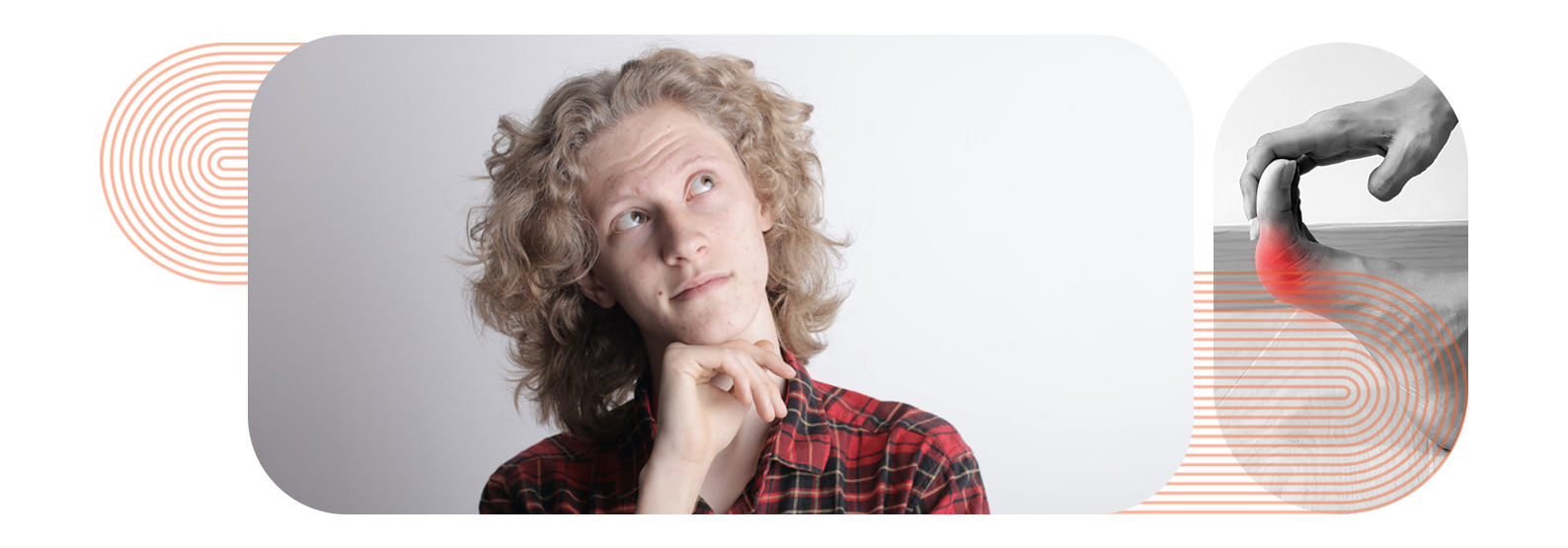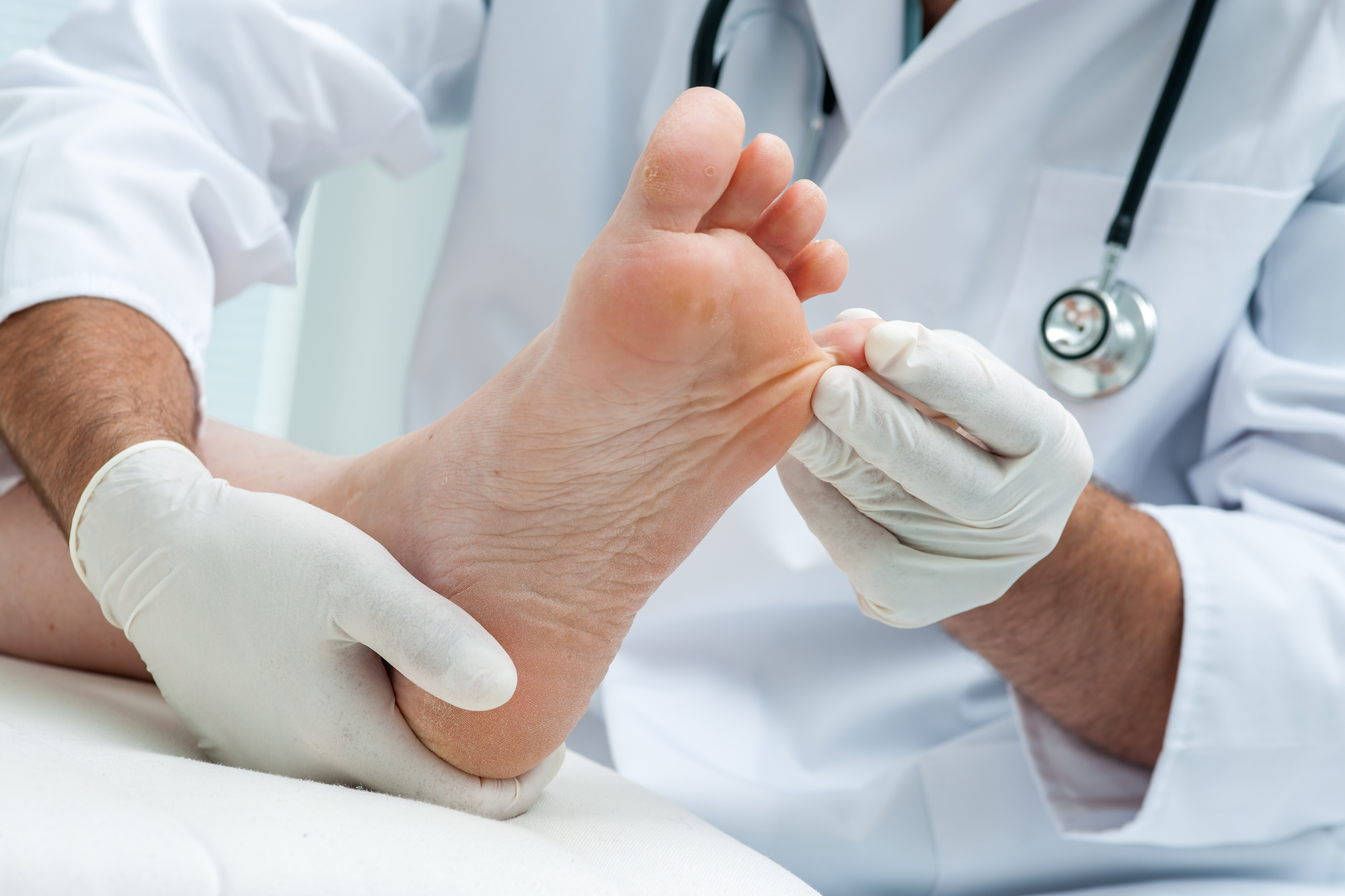
Bunions Hurt!
Bunions are a common medical occurrence, with roughly 1 in 3 adults expected to experience bunions at some point during their lives. Although extremely common, bunions are often embarrassing, painful, and debilitating. Bunion pain can prevent you from resuming your favorite daily activities, such as walking, running, and more; plus, bunions can be quite unsightly, meaning you might be hesitant to wear your favorite sandals or take your shoes off around others due to embarrassment. So when looking for solutions, you might ask “do bunion correctors work?”
When left untreated, bunions can worsen over time. If you’re tired of bunion pain, you might find yourself looking for a quick fix, such as over-the-counter bunion correctors such as splints or special footwear. But, do bunion correctors actually work? Here’s what we know.
Bunion correctors might temporarily relieve pain associated with bunions, but they do not treat bunion pain at the source. In other words, bunion correctors only address the symptoms of bunions. They do not address the causes.
Bunion correctors have the ability to make it seem like you’re correcting bunions permanently because you’re forcing the big toe back to where it should be natural, but this won’t affect the reason your bunion has formed. Bunions are formed inside of your foot, as a result of ligaments, tendons, and muscles that have lost their delicate balance.
Once a bunion has formed, the only way to re-establish balance in the foot and treat the issue is by re-positioning those ligaments, tendons, and muscles, then re-aligning the big toe joint, which must be done through a surgical procedure.
Companies that sell bunion correctors or over-the-counter, at-home treatments for bunions will likely tell you how effective they are in treating orthopedic issues. Don’t believe them!
Permanent Bunion Treatments
The only permanent way to fix a bunion and remove the pain is with foot surgery.
Looking to receive the best treatment for bunion pain possible? Let’s look at the similarities and differences between these two procedures.
Conventional Bunion Surgery
- Often described as one of the most painful surgeries
- Primary recovery is 6 to 8 weeks
- Secondary recovery is 4 to 8 months
- Wear a boot or cast for at least 2 weeks
- Don’t get your stitches wet for at least 2 weeks
- Stay off your feet and ice it for at least 2 weeks
- No driving for up to two weeks
- Feet might remain swollen for several months
Minimally Invasive Bunion Surgery
- WALK out of the operation
- Drive home
- Resume your daily life immediately without interruption
- No screws, plates, or wires
- Local anesthetic
Ready to Fix Your Bunions & Get Back to Your Active Life?
Treating bunions has never been easier thanks to minimally invasive surgical procedures that relieve pain once and for all with minimal recovery time. Over-the-counter, at-home treatments and tools such as bunion correctors do not work to permanently relieve pain associated with bunions – the only way to ensure fast, effective, and long-term relief is by undergoing surgery. Don’t continue to ask yourself, “do bunion correctors work”! Instead, Contact The Bunion Cure at Northwest Surgery Center to book a consultation with our expert team of medical professionals to learn more about minimally invasive surgery for bunions.




